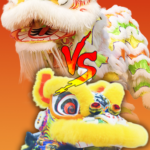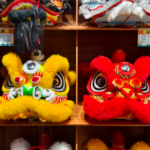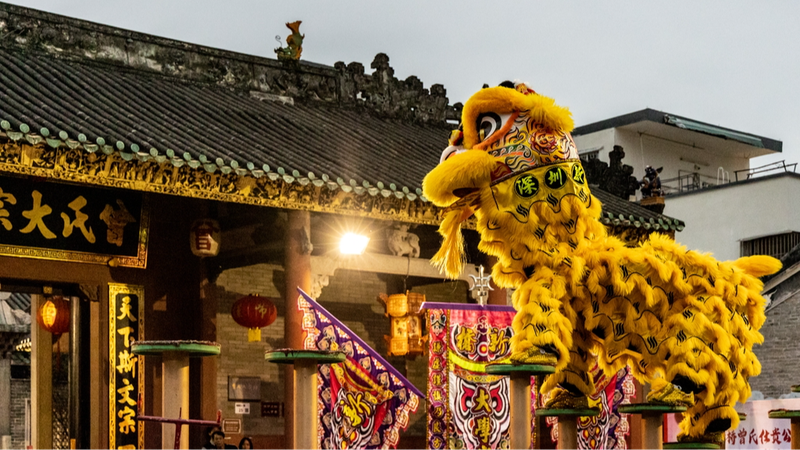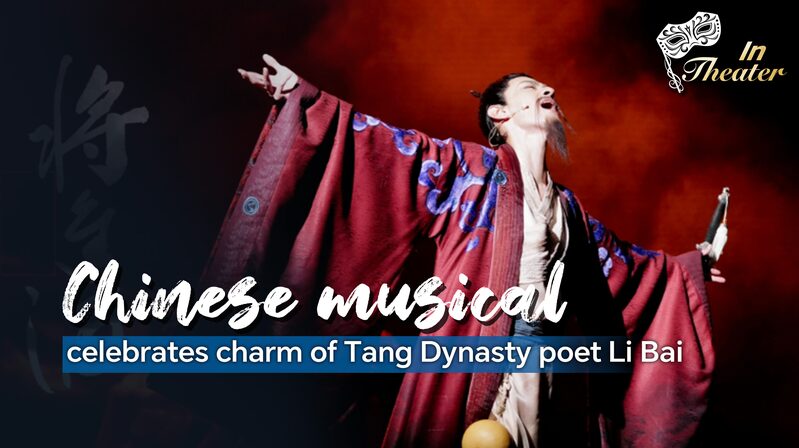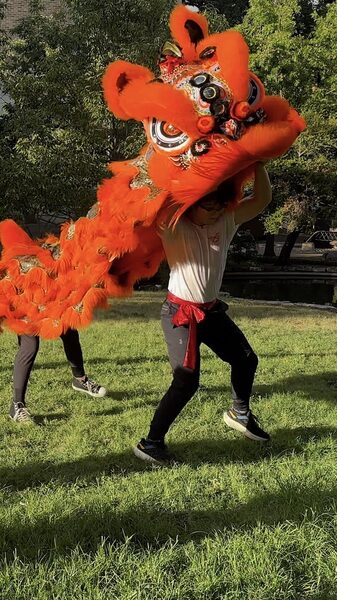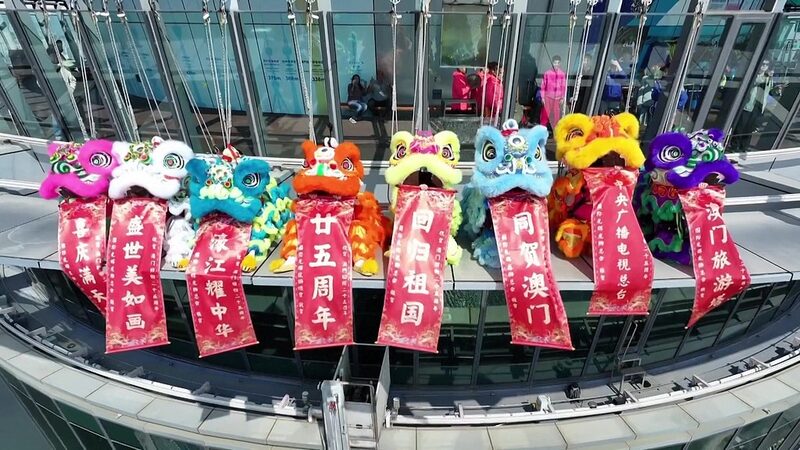As crimson and gold lion heads bob to rhythmic drumbeats during festivals across Asia, their symbolism transcends borders. The centuries-old art form, rooted in Chinese traditions, has become a vibrant thread stitching together communities in the Chinese mainland and Malaysia through shared cultural expression.
Roots and Migration
Carried by early Chinese migrants to Malaysia in the 19th century, lion dance evolved into a unique fusion of tradition and local influences. Malaysian troupes incorporate regional musical instruments and choreography while preserving core elements like the Buddhist-inspired 'plucking the greens' ritual.
Multicultural Resonance
Today, over 200 registered lion dance associations operate in Malaysia, with performances featured at government events and multicultural festivals. This cultural diplomacy through artistry bridges generations – veteran practitioners in the Chinese mainland frequently collaborate with Malaysian troupes, exchanging techniques and reinterpretations of classic forms.
Living Tradition
The tradition continues gaining new audiences, with universities in both countries hosting intergenerational workshops. During Malaysia's recent National Day celebrations, synchronized lion dance performances in Kuala Lumpur and Fujian province highlighted the practice's enduring role in fostering cross-cultural appreciation.
Reference(s):
cgtn.com


